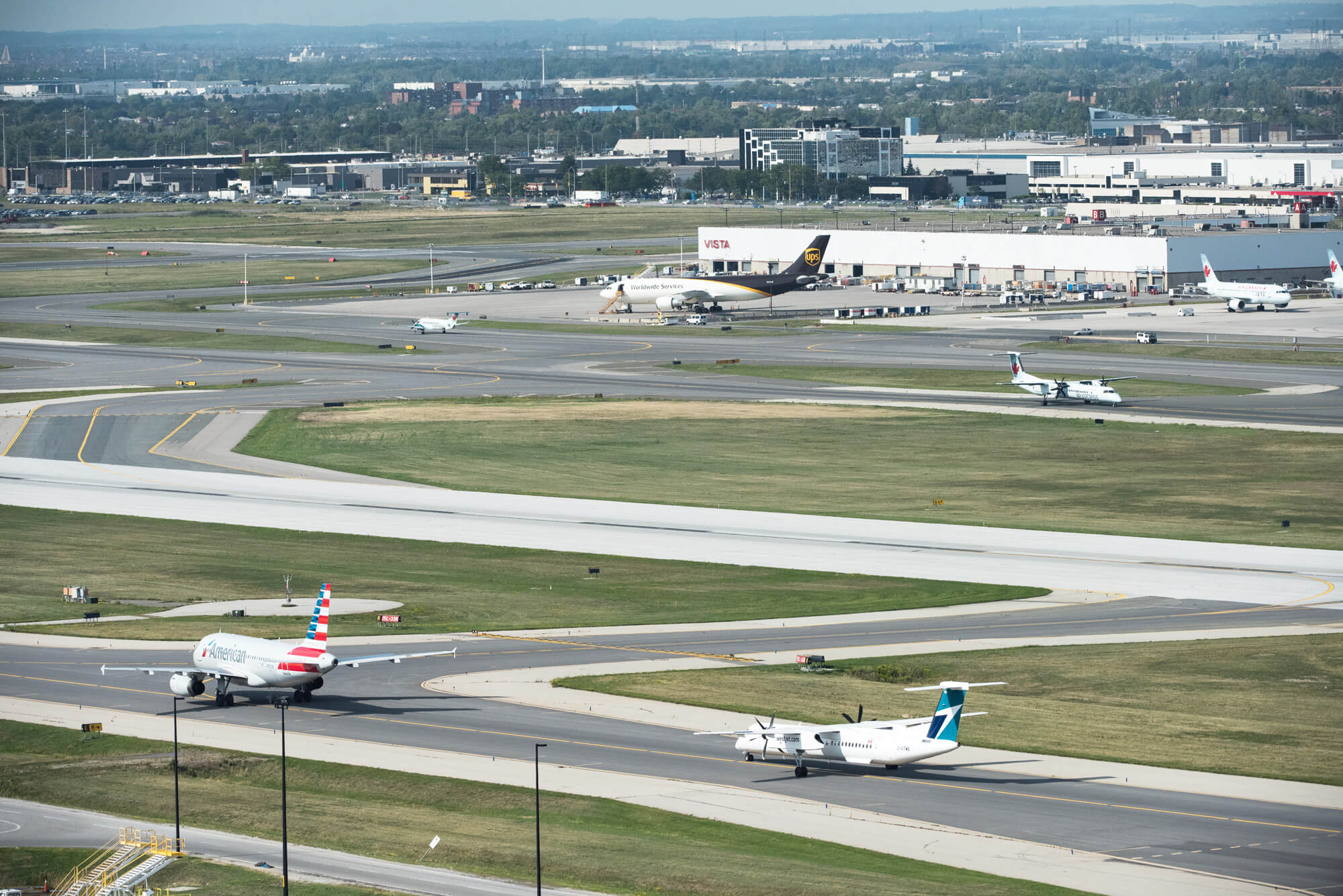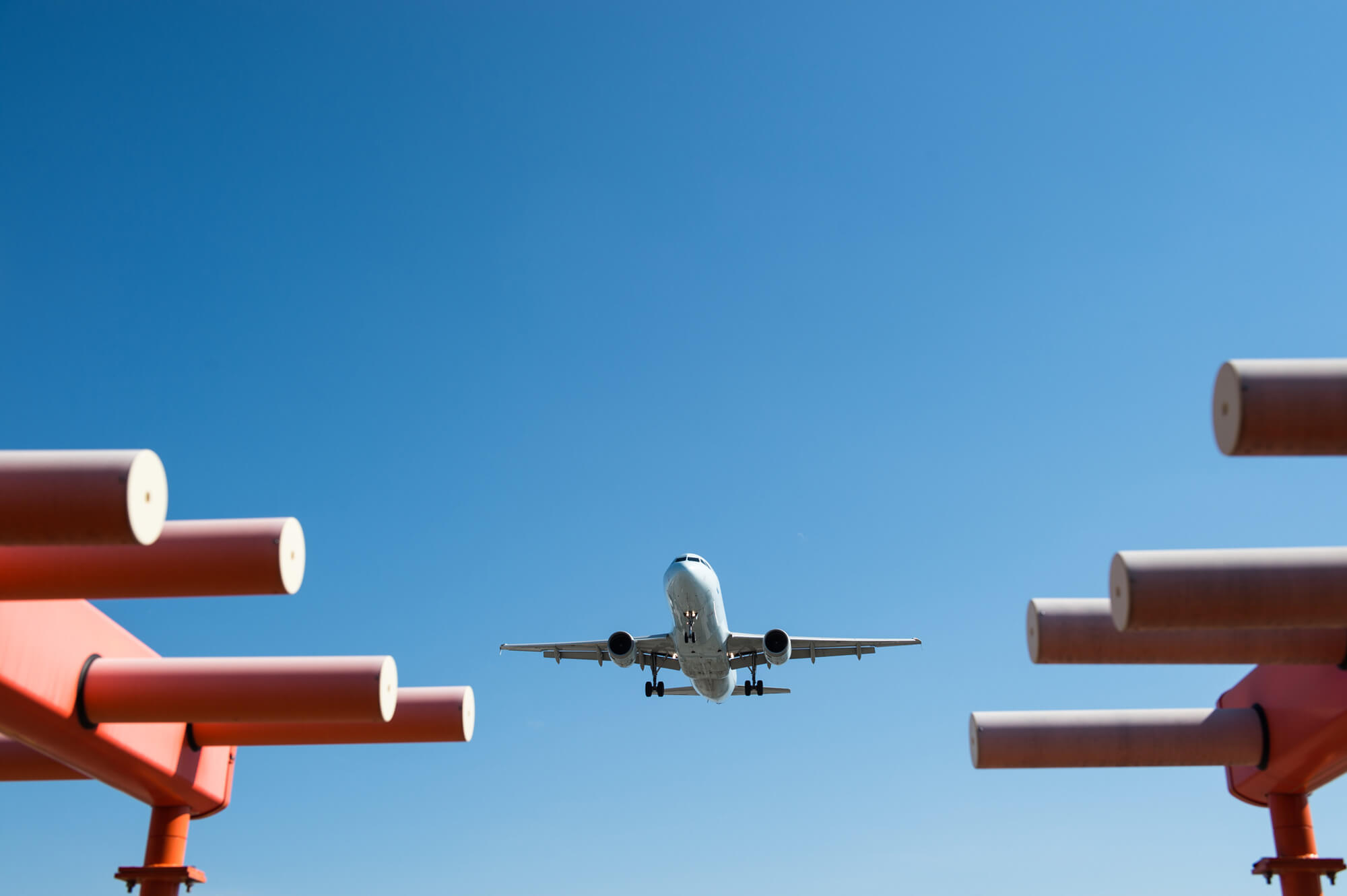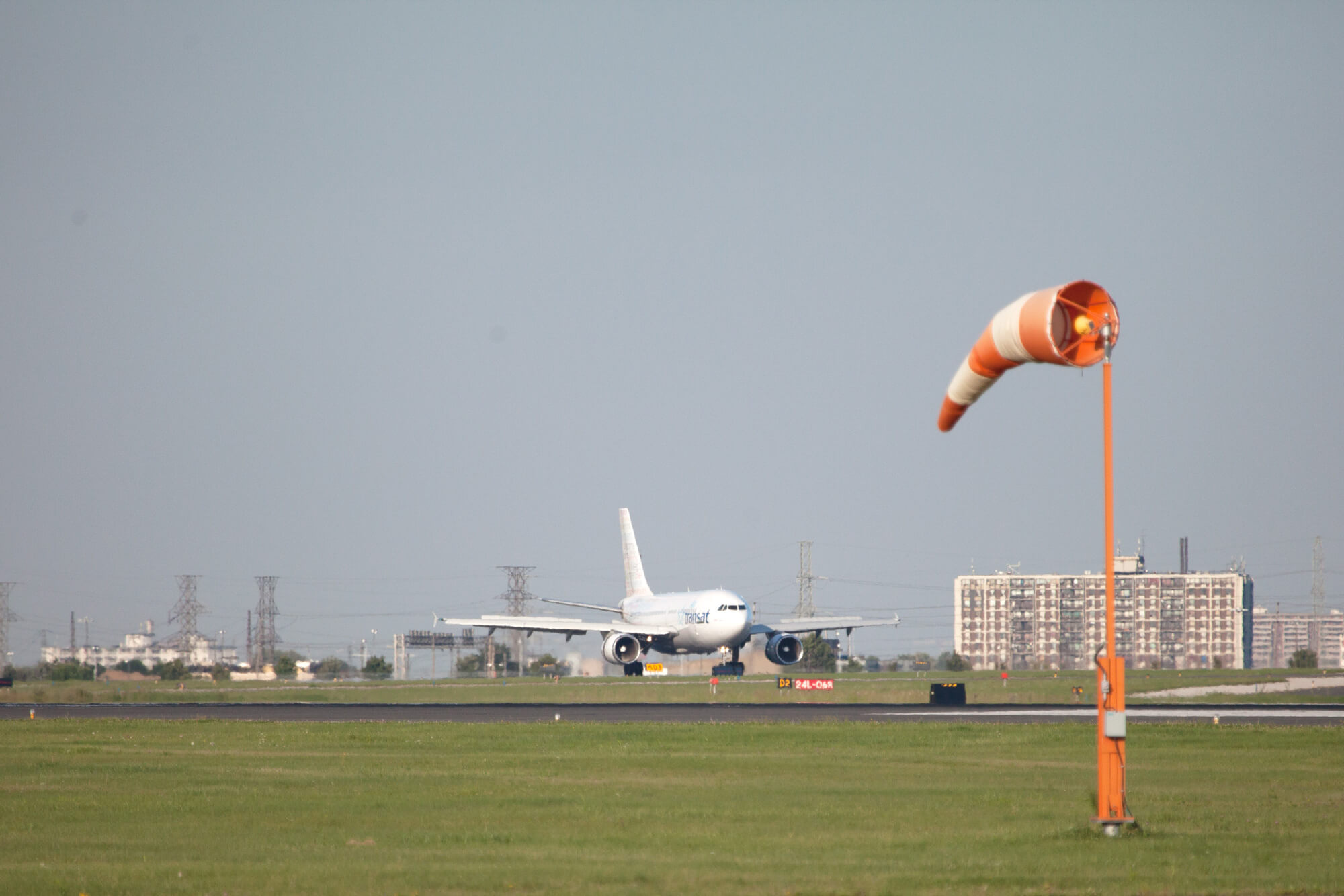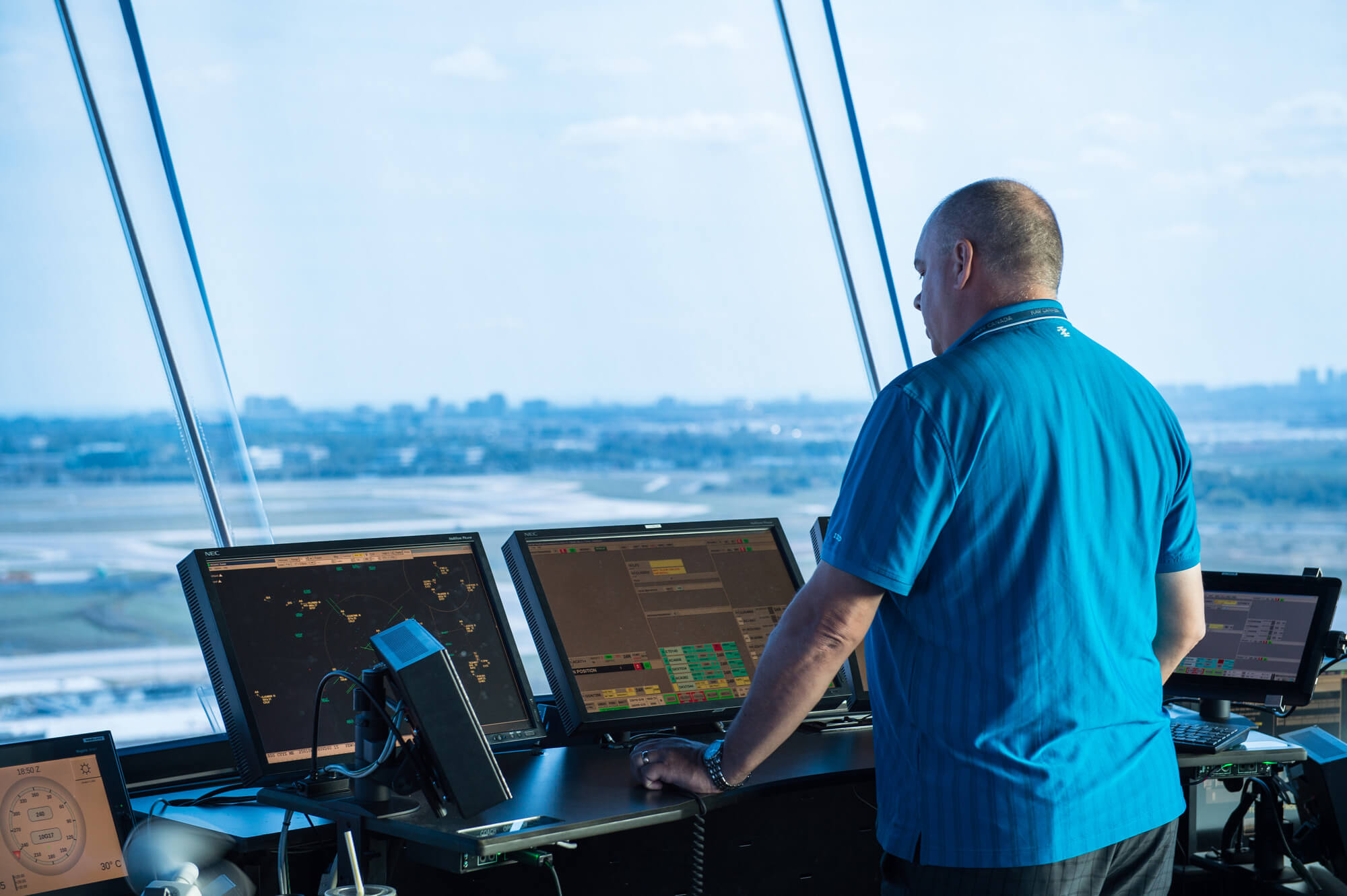







June 20, 2022
It could very well be a game-changer.
New technology implemented by NAV CANADA at the country’s busiest airport is expected to bring significant improvements in efficiency by reducing capacity constraints during times of challenging wind conditions.
Time-Based Separation — Intelligent Approach (TBS) provides a new way of separating aircraft while on final approach to an airport. As the name implies, the technology separates aircraft using time rather than distance, an innovation that has already proved its worthOpen a new window at one of the world’s busiest airports — London HeathrowOpen a new window in the UK.
Now, after several years of planning and development, TBS was successfully implementedOpen a new window on May 28, 2022 in the terminal and tower units at Toronto Pearson International AirportOpen a new window. With that achievement, NAV CANADA becomes just the second Air Navigation Service (ANS) provider in the world to use TBS.
“The deployment was successful and we are already seeing the potential of this new technology,” says Blake Cushnie, Director of the ‘Four Majors’ Program at NAV CANADA. “The transition went smoothly thanks to some great work from our Operations and ANS Technology teams, as well as with the NATS team.”
The TBS initiative began in 2019 and involved a joint partnership between NAV CANADA and NATSOpen a new window, the UK’s ANS provider, along with LeidosOpen a new window, an information technology, engineering, and science solutions and services leader based in the U.S.
NATS was the first in the world to build and deploy the technology tool — in 2015 at Heathrow. It has lived up to expectations, providing consistent improvements to landing rates during times of strong headwinds.

Why was this important? The single biggest cause of delays at Heathrow is strong headwinds on final approach, and TBS addresses this issue.
The key piece of scientific theory behind TBS was that the wake vortices (turbulence) created by aircraft on final approach dissipate faster during times of strong headwinds, allowing aircraft to fly closer together than what would normally be the case using distance-based separation.
Before creating the TBS tool, this theory was confirmed by NATS following an analysis of more than 100,000 flights. TBS has significantly improved arrival rates at Heathrow during times of strong headwinds and NAV CANADA is expecting similar results at Toronto Pearson.
Toronto was deemed an ideal choice to be the first in the country to use TBS given the traffic levels at the airport, its capacity constraints, and its own historically challenging issue of arrival delays due to headwinds.
“Pearson is the most capacity-constrained of our airports, and one of the reasons for the constraints can be high headwind situations,” Cushnie points out. “With certain strong headwinds, the airport is required to change to a North-South runway configuration and that can really impede arrival capacity.” He adds, “With this innovative technology tool now up and running, we anticipate it will improve our through-put and capacity levels.”

TBS — Intelligent Approach is an arrival spacing tool that can safely optimize runway capacity, delivering better on-time performance while also reducing carbon emissions.
The tool calculates optimal time intervals between arrivals using key information such as weather data and the type of aircraft involved. The arrival data generated by TBS then appears on controllers’ radar screens.
At Pearson, the tool will mostly be used by the terminal unit, but it has also been deployed in the tower. All controllers in Toronto have completed their training on the new tool and the results to date are meeting all expectations.

Mark Cooper, Vice President, Chief Technology and Information Officer at NAV CANADA, says the strong collaborative relationship, both externally between NAV CANADA, NATS and Leidos, and internally between the Company’s Operations and ANS Technology teams, played a critical role in the project’s success.
“Our success in deploying TBS would not have happened without such a remarkable team effort, with everyone contributing despite some pretty big challenges,” adds Cooper. “Kudos to everyone on the team for their excellent cooperation and collaboration.”
One of the main challenges was the pandemic. With the project team based in different locations, virtual meetings and briefings were the order of the day. But more than this, to create the TBS tool NAV CANADA required a very large traffic sample to assess speed, aircraft type and other key data. Fortunately, traffic recently began to recover and the Company was able to obtain a big enough sample size.

Time-based separation is a highly innovative tool that will help improve efficiency and capacity at Toronto Pearson. Its implementation is a major achievement for NAV CANADA — but it’s just one part of a very large puzzle.
One of the Company’s strategic prioritiesOpen a new window is to modernize to better serve our customers. With TBS, NAV CANADA can improve capacity and efficiency at one of the country’s biggest airports. This project represents an important component in our evolution, and others are planned for the futureOpen a new window.
Under NAV CANADA’s Four Majors Program, which includes Toronto Pearson International AirportOpen a new window, Vancouver International AirportOpen a new window, Calgary International AirportOpen a new window, and Montréal–Trudeau International AirportOpen a new window, modernizing air-traffic management at these locations will involve a range of technological and procedural changes, similar to TBS in terms of scope and level of innovation.
“TBS is one of the key enhancements planned for Toronto,” says Cushnie. “But there are others, as there are for the other major airports as well. They are all linked to our strategic priorities. We’ve got a lot on the go, and it’s all about doing all we can to improve capacity and efficiency across our airspace.”